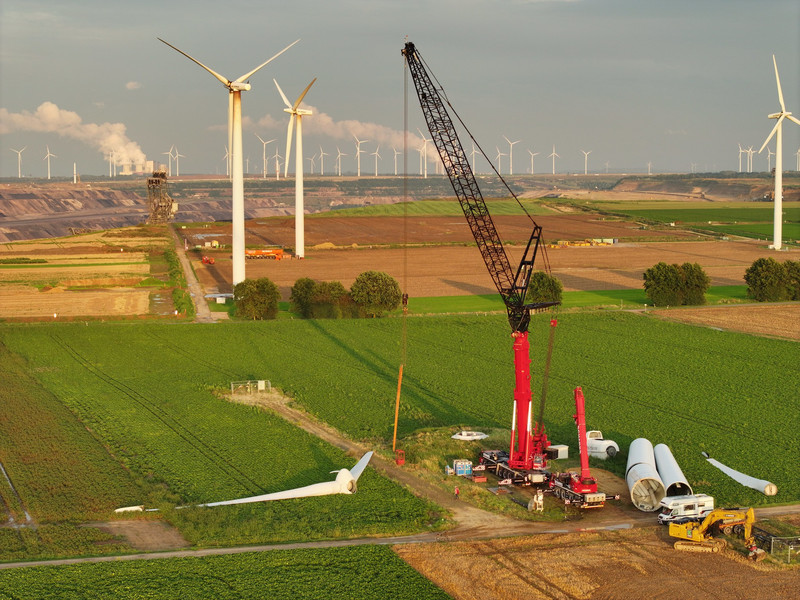- cross-posted to:
- anime_titties@mlem.a-smol-cat.fr
- cross-posted to:
- anime_titties@mlem.a-smol-cat.fr
German energy giant RWE has begun dismantling a wind farm to make way for a further expansion of an open-pit lignite coal mine in the western region of North Rhine Westphalia.
I thought renewables were cheaper than coal. How is this possible?



You’re disregarding Art.15 III GG then. Particularly Art. 15 III s. 2,3 GG (of the German version), which regulate reimbursement in the case of nationalisation. Which, again, make it a fairly difficult thing to do. Especially as we all know that Art. 20a GG, which is the only logical argument to base this all on, is just a way of getting out of actually doing something. Pretty much everyone has agreed that it means nothing except for a vague sense of ‘direction’.
As for your last point, that could just as easily be interpreted as the energy they produce being in the service of energy production for the entire country, as well as ensuring that coal miners continue to have a job. If that’s not a socially beneficial use of coal reserves, not sure what to tell you. Energy self sufficiency is important.
As for your landlord comment, which honestly is an entirely different matter in and of itself, that basically won’t fall under ‘land, natural resources or means of production’, unless one of those Berlin judges decides to do Berlin things.
EDIT (because I forgot the context of what I was replying to)
None of this even takes into account that what the guy above me wrote was about simply ‘shutting down coal’ tomorrow. Which is a very different thing from taking public ownership, and then running the business into the ground overnight.
Which is to be equitable between the interest of the owners and society. That is, in a nutshell, below market value.
Yeah no that’s not how externalities work. They’re creating damage with that coal, even to break even it has to be curbed in some way, much less for them to do good. If you want to mount that defence don’t create externalities.
For those big landlords those apartments are means of production of rent. Wouldn’t work for smaller investors or even private abodes but we’re talking about companies with 2000+ (IIRC) apartments, here.